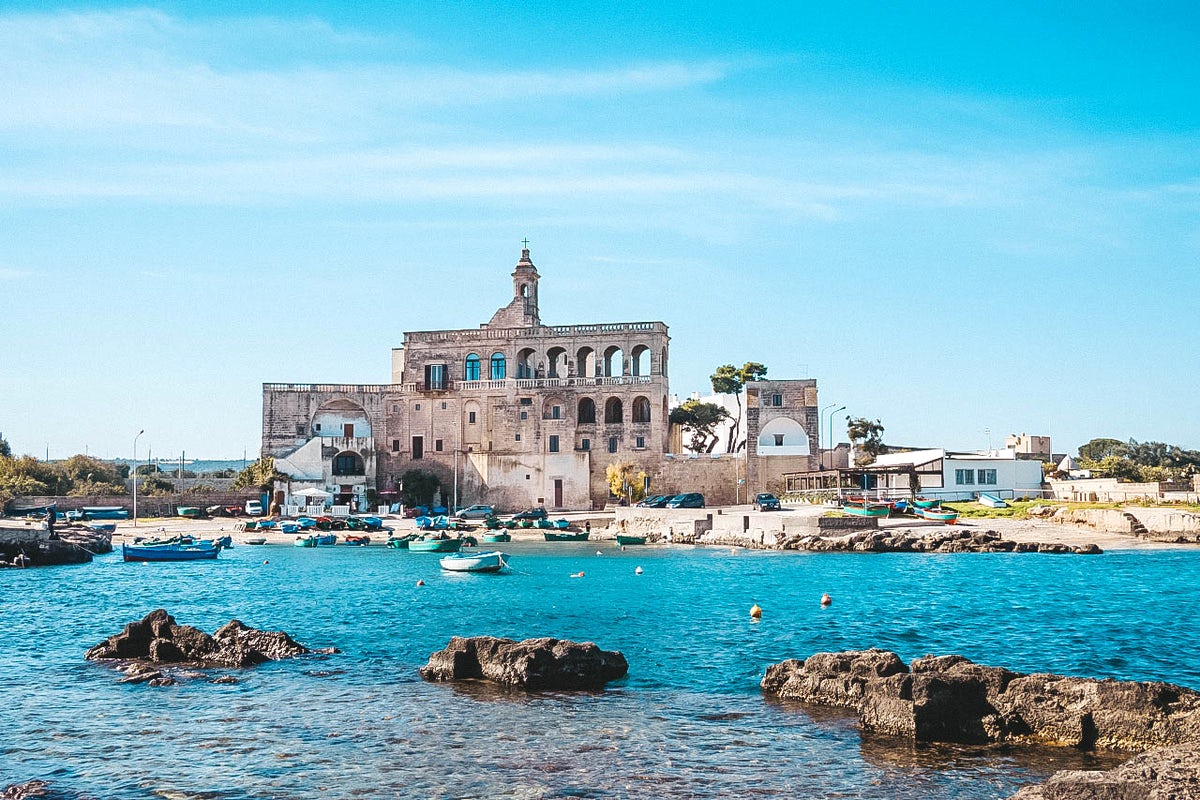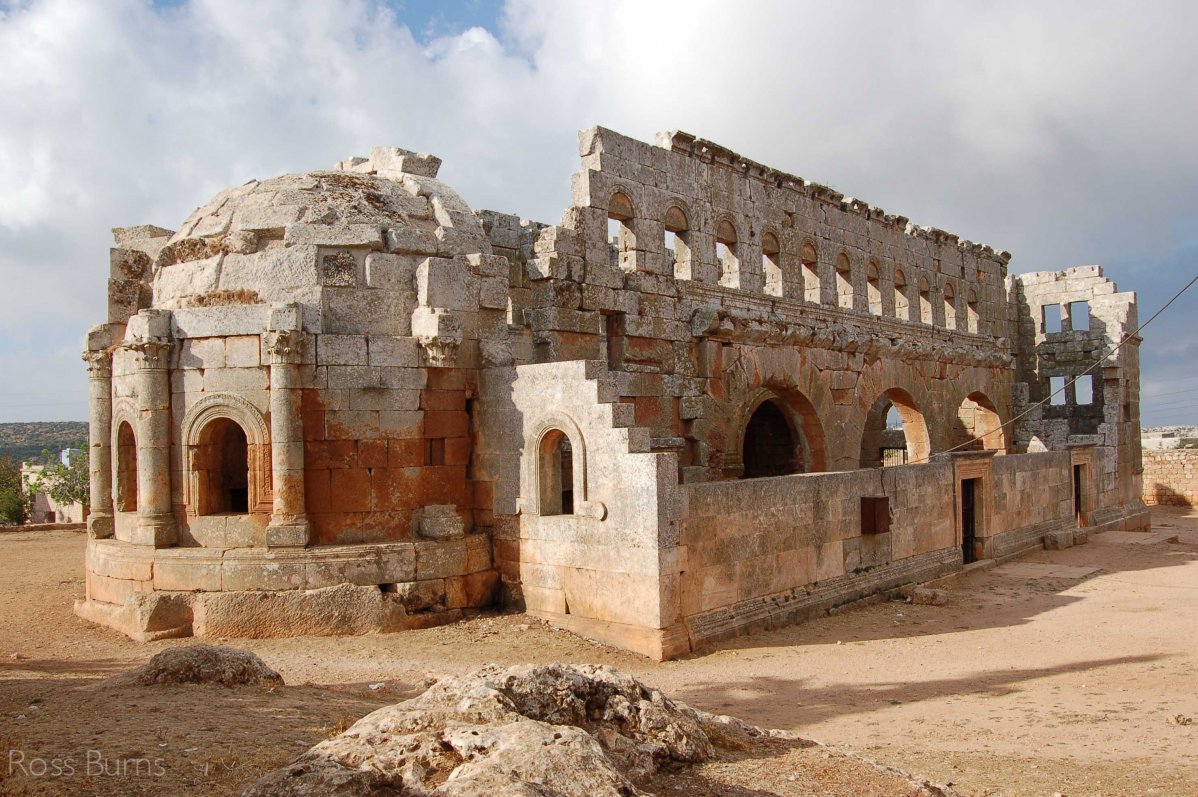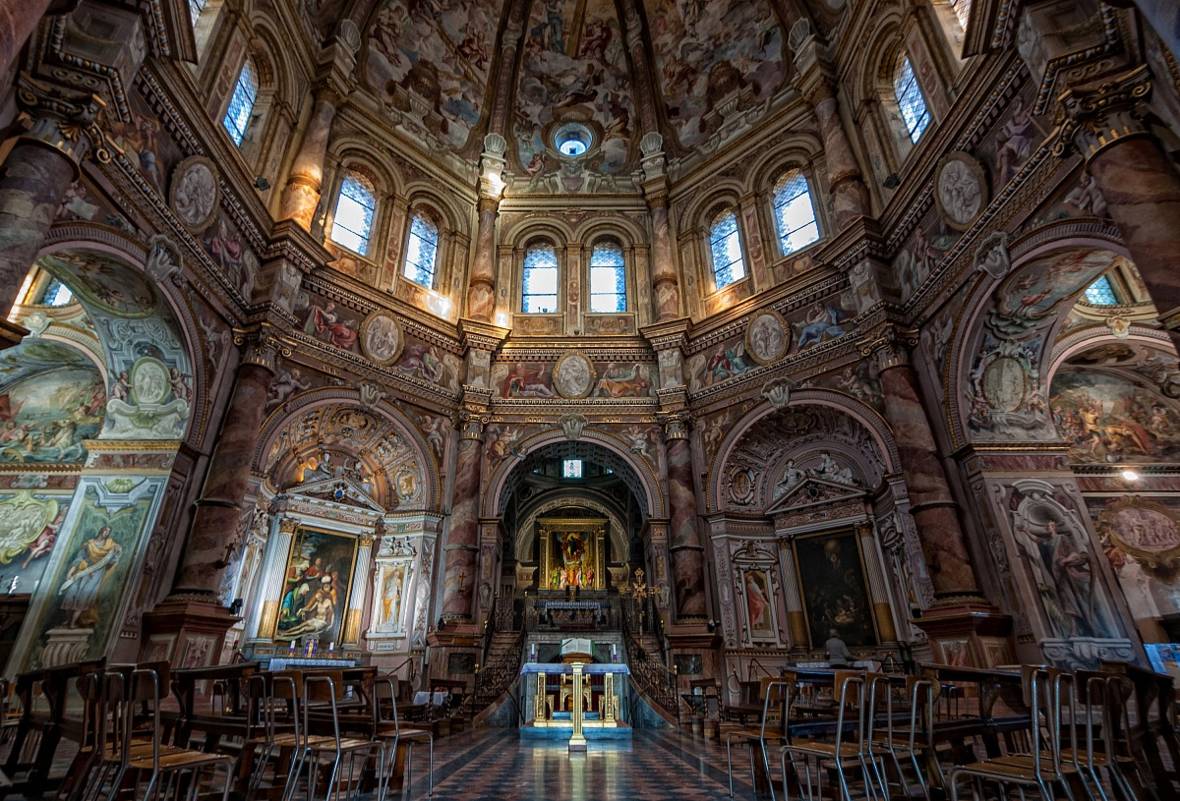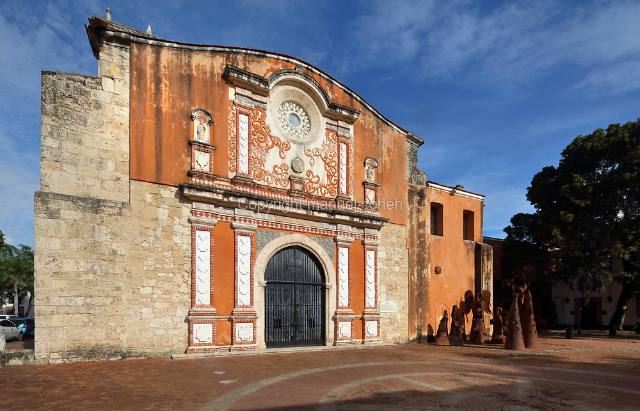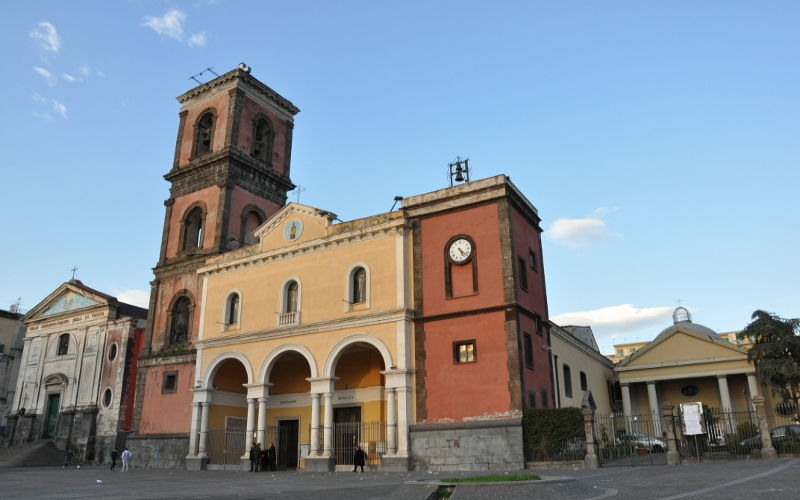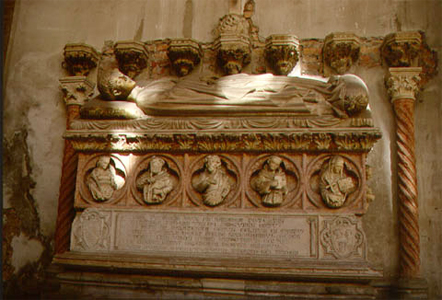The Abbey of San Vito Martire is the main artistic attraction of the town. The church, of Benedictine foundation, was designed in the 10th century. From the 16th century the abbey was the home of the minor conventual friars of the SS. Apostles and in 1785 it became part of the Royal Property. In 1866 the State sold the abbey to the Marquises La Greca, who still own it entirely, while the church is owned by the Fondo di Edifici di Culto del Ministero degli Interni and is given in concession to the Chiesa Matrice Santa Maria Assunta where mass is held on Sundays. It has an irregular quadrangular plan, with a huge portico on the main façade, marked by loggias with round arches. The transept is surmounted by a small circular dome. The bell tower is a tower finely worked in Lecce Baroque. The portico of the facade inside overlooks a small cloister with a well. The imposing Benedictine Abbey, built right next to the small port and directly overlooking the sea. The legend tells of a noblewoman from Salerno who, while she was drowning in the river Sele, was miraculously saved by Saint Vito who asked her to have her body transferred to the castrum polymnianense in Puglia. The holy relics made the sacred place prosperous and so the abbey was founded, in all probability in the X century, by a community of Basilian monks followed by Benedictine monks in the XI century. The history of the building, however, had a troubled life, because in the following centuries there were several domains and there are also insidious Franciscan monks who made the place a place of pilgrimage. It is necessary to arrive in the XIX century to find some peace: after the suppression of the monastic orders, in fact, the monastery was incorporated in the marquis palace of Tavassi-La Greca. The complex of San Vito still represents an example of monastic architecture of relevant historical importance. The elegant abbey that can be admired today is the result of architectural additions over the centuries, but what fascinates above all are the elegant Baroque forms, such as the spectacular external staircase that leads from the courtyard to the loggia overlooking the sea. The sacred building is characterized by the Romanesque church built on the ruins of the ancient Roman tower and altered in turn by the superimposition of a building used as the seat of the convent. The relevant aspect of the church with three naves is the plant with three domes in axis and with barrel vaults in the side naves. Even today are still visible signs of a defensive system against incursions from the sea: the walls, inside the tower farm of the sixteenth century and the tower on the sea coast.
